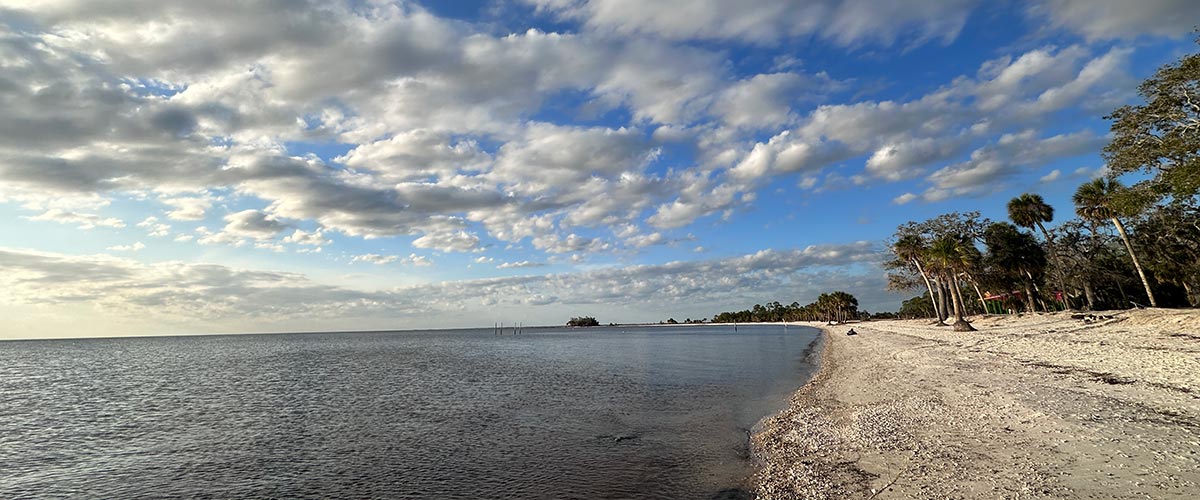ENVIRONMENTAL & BIOLOGICAL SCIENCE
Take the following courses:
ESS-100 Environmental Systems I
4 CreditsN, WK-SP, CTGISPre-Req or Co-Req: FYC-101 or EN-110 or EN-109.
ESS-110 Environmental Systems II
3 CreditsN, SW-LEPre-req or co-req: FYC-101 or EN-110 or EN-109. (NOTE: ESS-100 is not a prereq for ESS-110.)
BI-101 General Biology I
4 Credits
BI-102 General Biology II
4 CreditsPrerequisite: BI-101 or BI-105
CH-142 Integrated Chemistry Principles I
3 CreditsNCorequisite CH143
CH-143 Integrated Chem Principles I Lab
1 CreditsN, QSCH142 is a corequisite of this course. A lab fee is associated with this course.
DATA DISPLAY & ANALYSIS
Take the following courses:
3 CreditsN, QS, CTGES, CTGISPrerequisites: Sophomore standing and permission of the instructor. 4 CreditsCTGISNote: A special course fee is assessed. Prerequisite: ESS100.ESS-230 Environmetrics
ESS-330 Geographical Information Systems
AQUACULTURE
Take the following courses:
AQCUL-101 Introduction to Aquaculture - Ahumoana (Abroad)
AQCUL-201 Invertebrate and Algal Aquaculture (Abroad)
AQCUL-301 Aquaculture Industry and Innovation (Abroad)
FIELD DATA COLLECTION
Take the following courses:
ESS-145 Applied Underwater Techniques
1 Credit
ESS-361 Field Methods in Marine Systems
3 CreditsNPrerequisites: GL111 and ESS100. Permission of instructor required.
ESS-145 Applied Underwater Techniques
1 Credit
ESS-361 Field Methods in Marine Systems
3 CreditsNPrerequisites: GL111 and ESS100. Permission of instructor required.
SCUBA for Science Capstone (Abroad)
MARINE & AQUATIC SCIENCES
Take the following courses:
ESS-261 Marine Biology I
3 CreditsN
ESS-310 Water Resources I
3 CreditsQM, NPrerequisites: ESS100.
EARTH-341 Costal Oceanography or EARTH-241 Oceanography (Abroad)
ADVANCED MARINE & AQUATIC SCIENCES
Complete one of the following options below:
OPTION 1:
BIOEB-305 Marine Ecology (Abroad)
AQCUL-202 Fish Aquaculture (Abroad)
ENVSC-201 Environmental Monitoring (Abroad)
OPTION 2:
Take one of the following courses:
ESS-323 Aquatic Ecology
4 CreditsN
ESS-335 Quantitative Ecology
4 CreditsQS(Lec/Lab; 4 cr hr; Spring years; pre-req ESS 110, ESS 230-Environmetrics, or consent)
ESS-323 Aquatic Ecology
4 CreditsN
ESS-335 Quantitative Ecology
4 CreditsQS(Lec/Lab; 4 cr hr; Spring years; pre-req ESS 110, ESS 230-Environmetrics, or consent)
Take one of the following courses:
ESS-328 Limnology
4 CreditsNTake BI105 and BI121 and ESS100 or permission of the instructor.
ESS-345 Ichthyology
4 CreditsN, QS, CTGISPrerequisites: BI-101 or BI-105
MANAGEMENT SCIENCES
Take one of the following courses:
ESS-445 Fishery Science & Management
4 CreditsH, N, QSPrerequisite: BI-101 or BI-105
ESS-324 Natural Resource Management
3 CreditsNPrerequisites: ESS100 and BI105 and BI121. A special course fee is as sessed.
CAPSTONE
Take the following course:
ESS-401 Senior Capstone II
1-3 CreditsN, S, CTGISPrerequisites: ESS100 and Junior or Senior standing or permission.
POE Credit Total = 57-59
Students must complete at least 18 credits at the 300/400-level. Any course exception must be approved by the advisor and/or department chair.
 skip to content
skip to content





